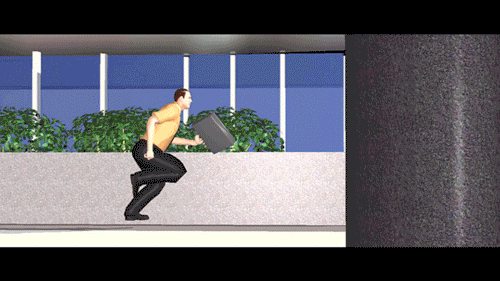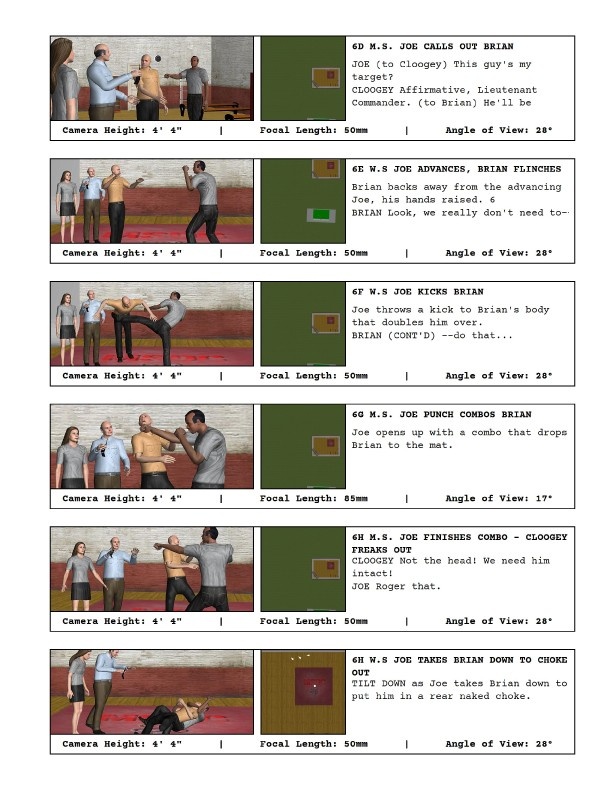STORYBOARDING
Storyboarding your movie project is a very effective method for showing off your vision and/or communicating to your cast and crew the desired outcome and tone of your project. Storyboards help to compose and visualize what a shot will actually look like on screen in the aspect ratio you want to shoot – much better than a plain shot list.
Your approach may be two-fold:
On the one hand, if you’re trying to raise interest that generates funding for your project, you will want to create presentational storyboards (also known as concept art). Presentational Storyboards are usually completed in full color with strong tonal imagery. They are often used to sell your project to an investor, to generate funding for your project or to generate interest in your project.
On the other hand, if you simply want to communicate to your cast and crew, so that everyone is working on the same page, a Production Storyboard is a better and more cost-effective method. Production storyboards are more often gray scale, black and white line drawings with minimal tonal imagery. Our artist is able to hand-draw your boards digitally in whatever aspect ratio you want.
We Make Movies is also excited to offer a unique Storyboarding option – we can create your boards with the unique software FrameForge Storyboard Studio. More than just a storyboard generator, this is a complete pre-visualization solution and has been used by Directors, Cinematographers, and VFX Supervisors on many productions including Marvel’s Agents of S.H.I.E.L.D. and Downton Abbey. Our storyboard artist, William Joseph Hill, uses FrameForge on his web series That Darn Girlfriend and his upcoming sci-fi martial arts action film CYBER FIGHTER.
FrameForge’s main advantage is that it allows you to create your storyboards through the virtual camera that can emulate the camera and lens package you intend to shoot with. By also using virtual cranes/jibs, dollies (with track), and even a virtual Steadicam, your DP will know that the shots you create with us will be translatable on set. Your completed storyboards will also include information such as focal length, camera height and angle of view, which will be a big help to your DP.
We can also use FrameForge to create an animatic: an animated, pre-visualization of your sequences that you can use to figure out complex camera moves and/or timing of a sequence. You can see samples of animatics below.
We Make Movies can help you pre-visualize your next shoot.
Get a Quote for Storyboarding










